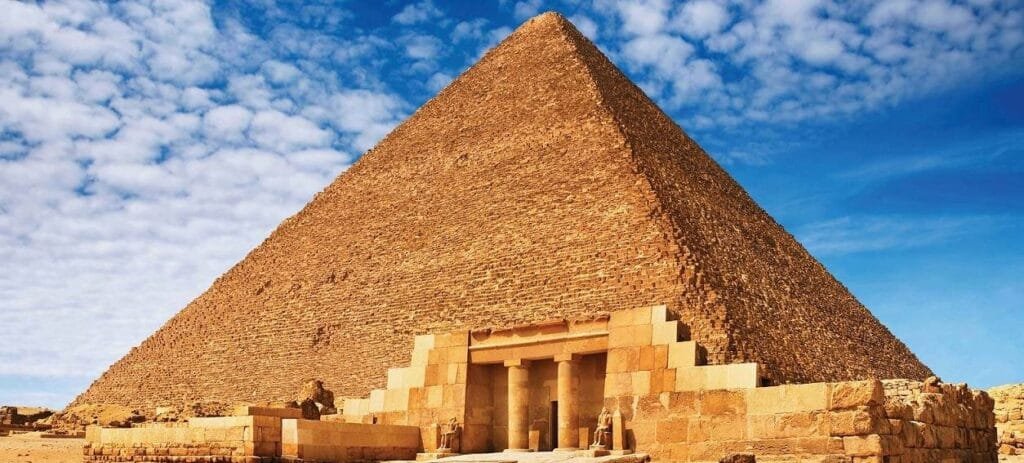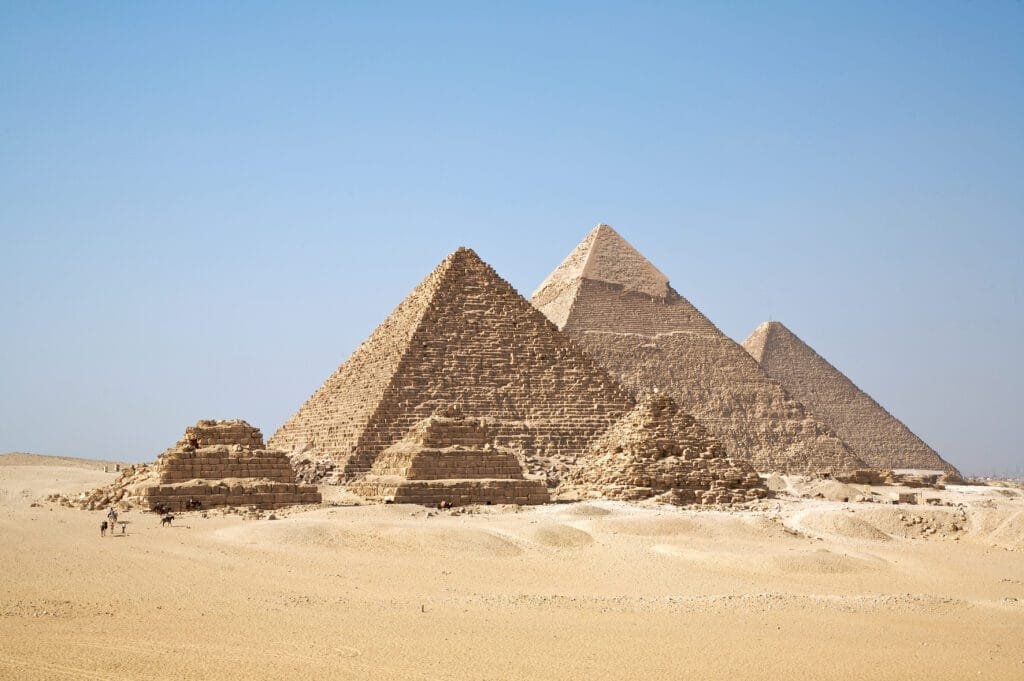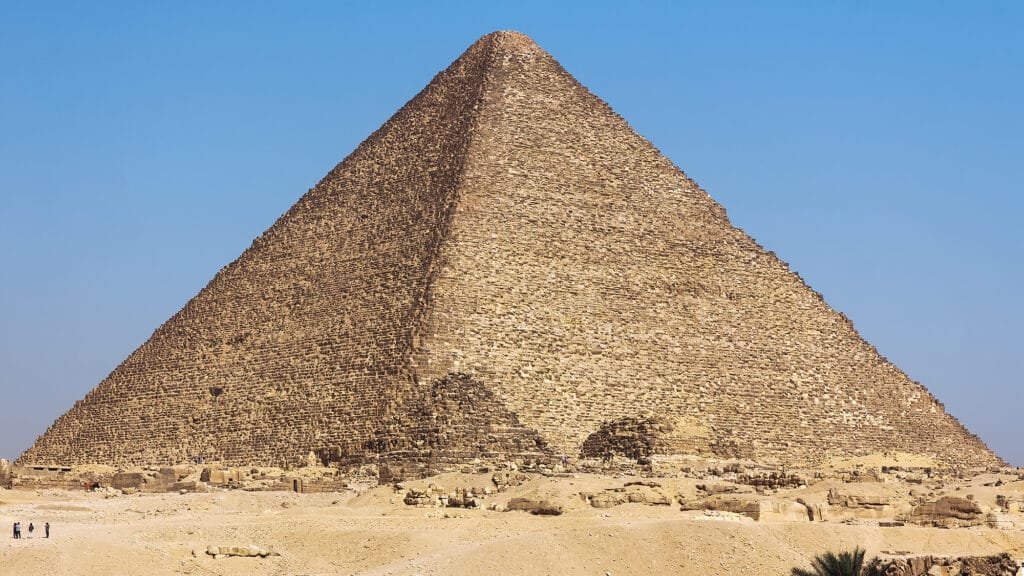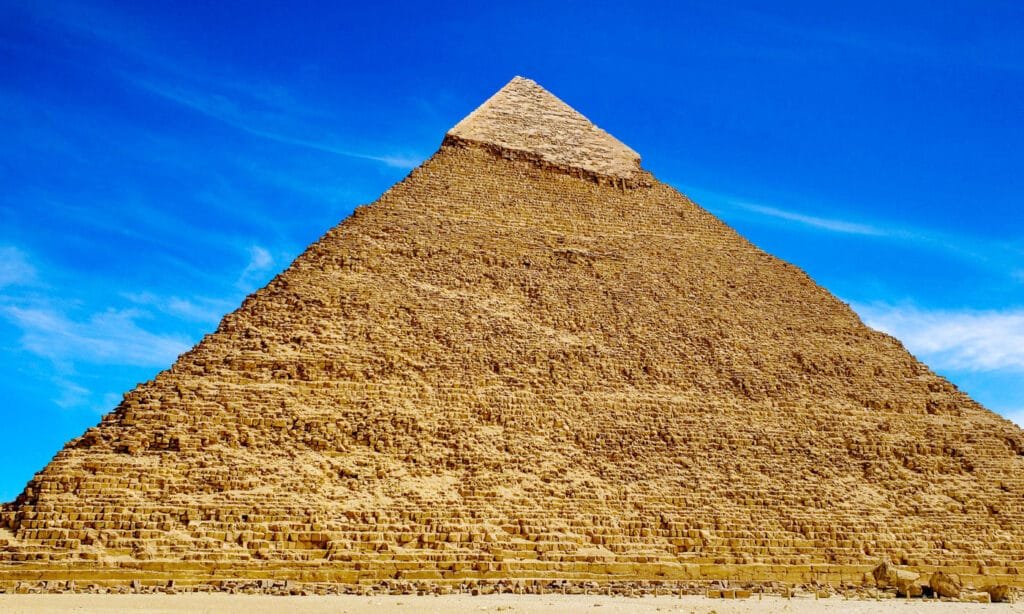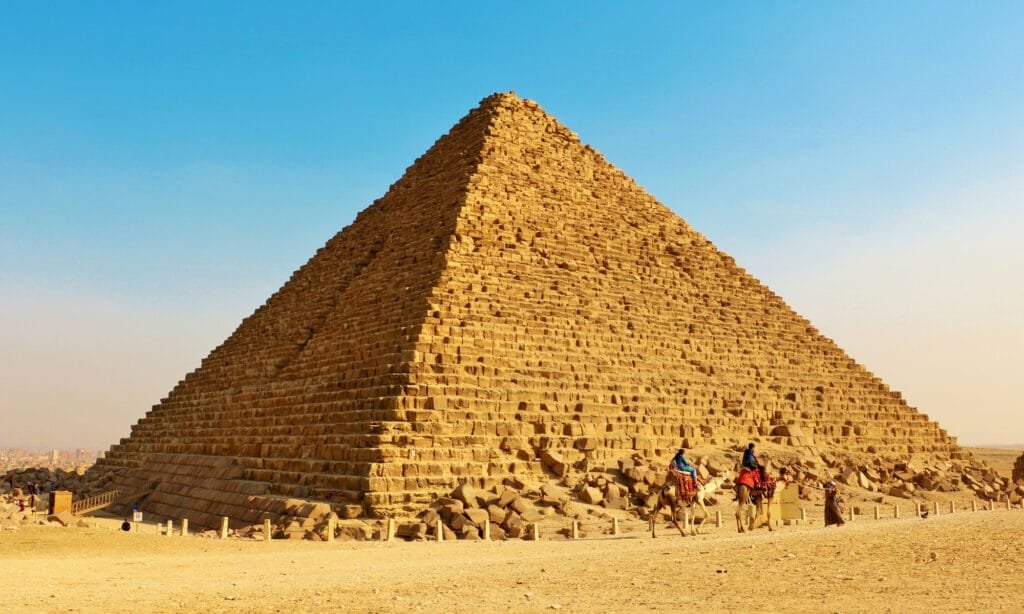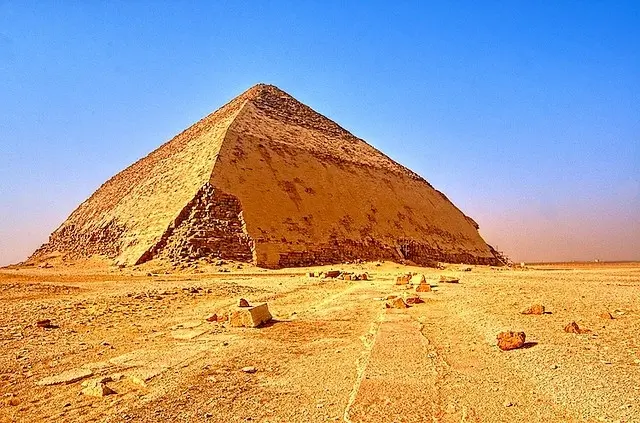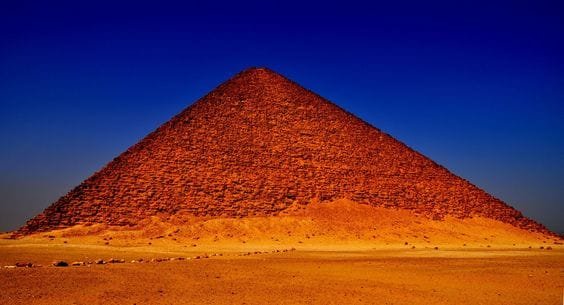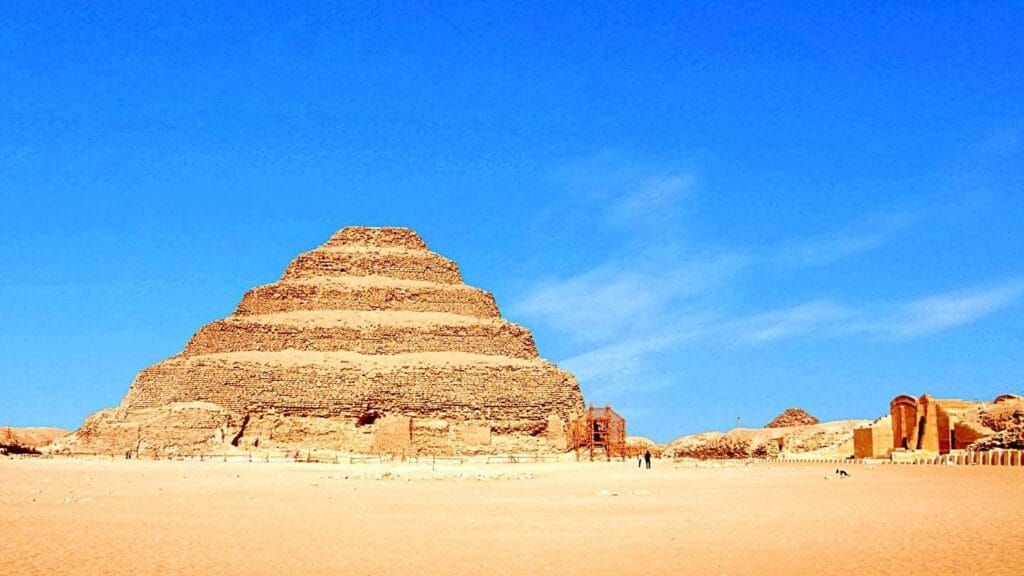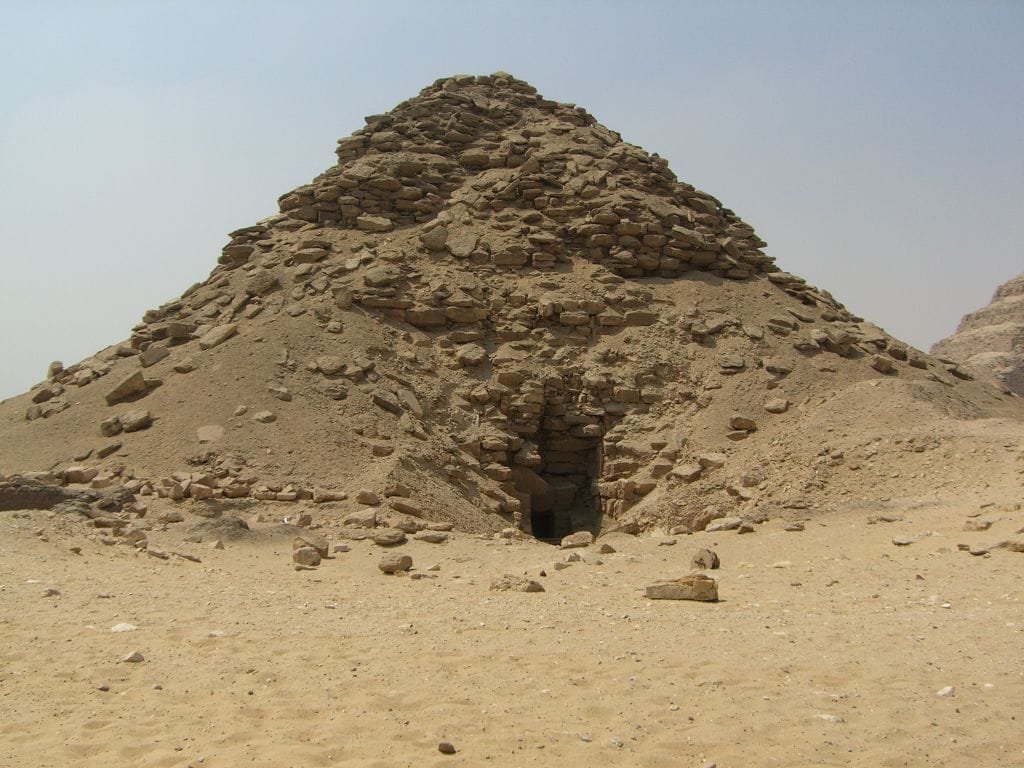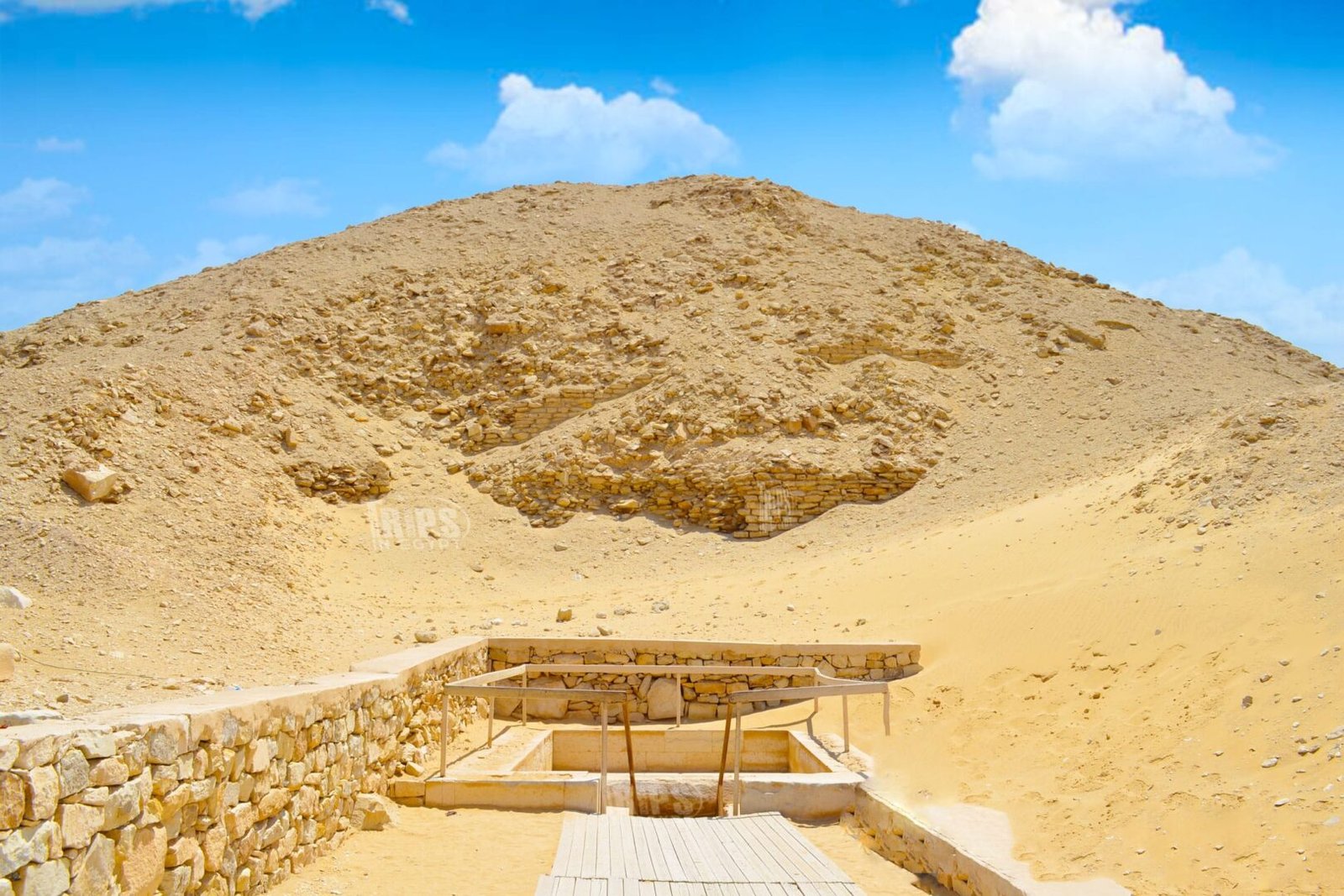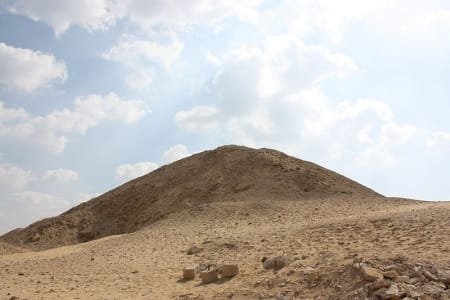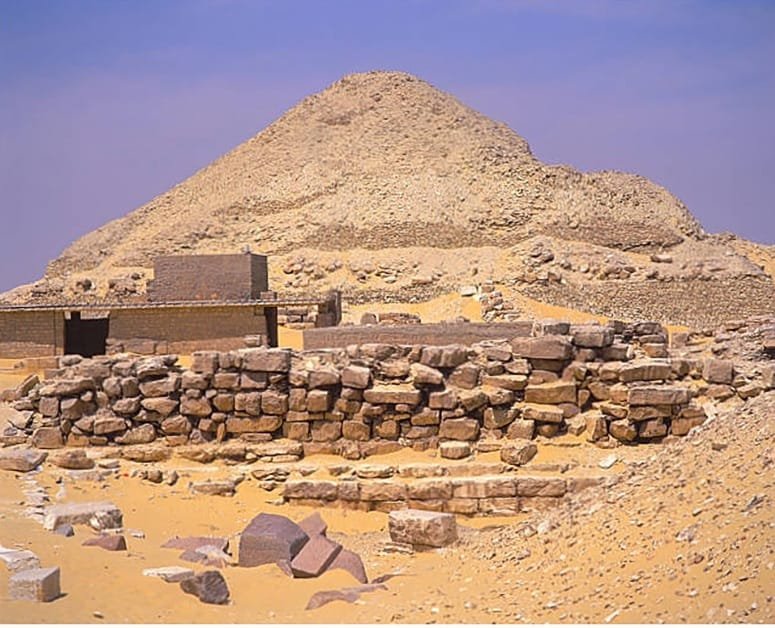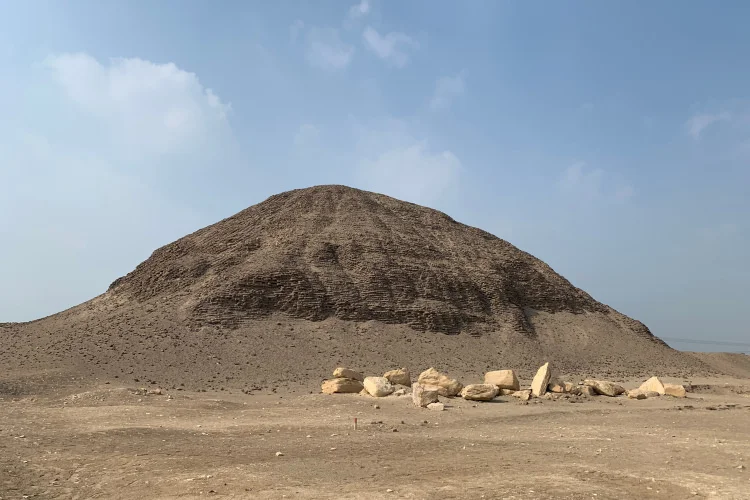While the Pyramids of Giza are undoubtedly the most iconic and well-known pyramids in Egypt, the country is home to numerous other lesser-known but equally fascinating pyramids that showcase the evolution of pyramid architecture over millennia. These lesser-known pyramids, such as the Pyramids of Dahshur, Saqqara, Djoser, and more, offer a deeper understanding of the engineering genius and the spiritual beliefs that shaped Egypt’s ancient civilization. From the early Step Pyramid of Djoser to the Red Pyramid of Sneferu, each structure reflects different periods of Egypt’s long history and provides a unique glimpse into the innovation, creativity, and religious practices of ancient Egypt.
While the Great Pyramid of Giza often steals the spotlight, exploring the Pyramids of Dahshur, Saqqara, and other sites like Hawara and Maadi allows travelers and historians alike to understand the full scope of Egypt’s pyramid-building legacy. These fascinating sites, some still in remarkable condition and others in various states of ruin, allow visitors to trace the evolution of pyramid construction from simple step-sided structures to the smooth, sleek forms of later dynasties. Each pyramid holds a story that speaks to the kings and architects who devoted their lives to crafting monumental structures meant to honor the gods and secure a place for the pharaohs in the afterlife. Join us as we explore these captivating and lesser-visited pyramids scattered throughout Egypt, each revealing pieces of an ancient civilization’s monumental history.


